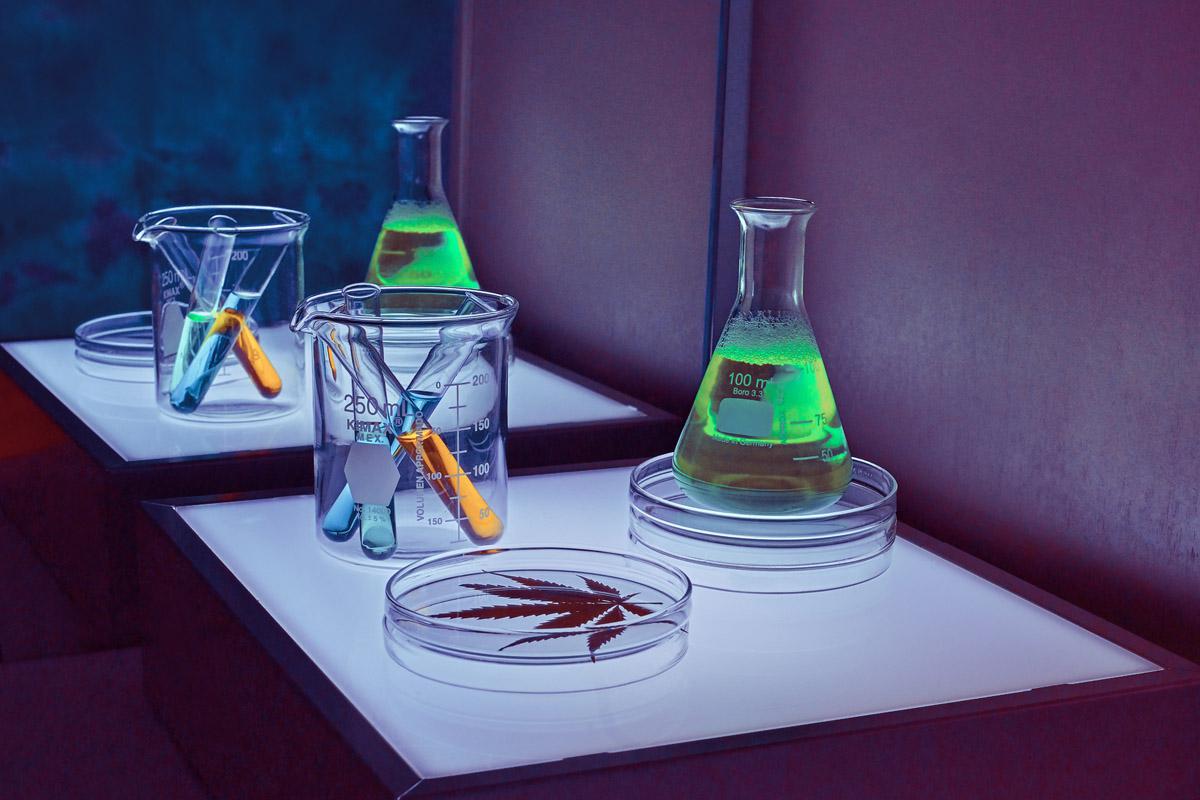Objavljen znanstveni članak u sklopu CEKOM 3LJ projekta
 Girl With Red Hat / Unsplash
Girl With Red Hat / Unsplash
Kroz projekt CEKOM 3LJ objavljen je članak u znanstvenom časopisu Industrial Crops & Products na kojem je radio prof. dr. sc. Igor Jerković (trajno zvanje) s Kemijsko-tehnološkog fakulteta u Splitu, ustanove projektnog partnera.
Prof. dr. sc. Jerković na izradi članka surađivao je s kolegama s matičnog fakulteta, ali i sa sveučilišta u Wroclawu (Poljska) te Cagliariu (Italija). Znanstvenici su se bavili kemijskim sastavom i antibakterijskim učinkom kultivara metvice.
Adam Kowalczyk, Elżbieta Piątkowska, Piotr Kuś, Zvonimir Marijanović, Igor Jerković, Carlo I.G. Tuberoso, Izabela Fecka
Volatile compounds and antibacterial effect of commercial mint cultivars - chemotypes and safety
Industrial Crops and Products, Volume 166, 2021, 113430.
Sažetak članka (na engleskom jeziku)
Abstract: The taxonomy of Mentha species is complicated due to the possibility of hybridization, and the introduction of many cultivars of mint used mainly for industrial purposes is a big challenge for their correct identification. Multidirectional studies of new mint cultivars give the possibility to determine their chemical composition and safety in use. An analysis of the essential oils (EOs) obtained by hydrodistillation from the leaves of fifteen commercial mints was performed using the GC–MS method. Additionally, the headspace volatile compound profiles of analyzed mint leaves were obtained by headspace solid-phase microextraction (HS-SPME/GC–MS).
The essential oil yields were found to vary from 2.0–26.5 mL/kg. The GC–MS of EOs, as well as for the headspace compounds, showed large variation in their chemical composition. The principal component analysis (PCA) enabled distinction of three groups of chemotypes among fifteen mint cultivars, characterized by the abundance of trans-piperitenone oxide, carvone or menthol and related compounds.
The use of these essential oils seems to be safe with respect to menthone, pulegone and menthofuran levels. The majority of isolated essential oils inhibited the growth of Staphylococcus aureus, Escherichia coli and Pseudomonas aeruginosa, but the effectiveness of their antibacterial activity varies. The obtained results indicate a variability of chemical composition and antimicrobial properties within the analyzed mint cultivars.
Keywords: Mentha spp.; Essential oil; Headspace volatile compounds; GC–MS; Antimicrobial activity; PCA
Preuzeto s pubag.nal.usda.gov








